 Praise for Look
Praise for Look
Jim Gilmore teaches us that something as seemingly simple as looking can be crucial for success in any field. So get this bookand learn to look with whole new eyes.
DANIEL H. PINK, Author of Drive and A Whole New Mind
This book should be required reading in every design class and by every design team.
MARK GREINER, Senior Vice President, Business Concept Design & Chief Experience Officer at Steelcase Inc.
Gilmores Six Looking Glasses provide a powerfully simple tool for helping travelers to see the world more richly. Pack them in your suitcase and enjoy the view with fresh eyes!
CHIP CONLEY, Head of Global Hospitality & Strategy at Airbnb
After reading Jim Gilmores new book, you will never look at the world including healthcarein the same way again.
ROLF BENIRSCHKE, Chief Patient Officer of Legacy Health Strategies
Gilmores The Experience Economy brilliantly anticipated a new economy based not on goods and services but on memorable experiences. This time around, he brings his unique perspective to the much-ignored power of observational skills. Take a good look at Look.
LEE KNIGHT, Founder & CEO of Exhibitor Media Group
Once again, Jim Gilmore challenges organizations to find unique ways to drive innovation. The power of observation has long been extolled but rarely emphasized in business. Jims latest work will make all of us view our businesses through different lensesand literally open our eyes.
DAVID PECKINPAUGH, President of Maritz Global Events
Our culture is increasingly distracted. With eyes glued to screens, we are often oblivious to the people beside us and the places we inhabit. The ancient rebuke of God could certainly apply to our generation, You have eyes but you do not see. Our failure to recognize the world around us is especially dangerous for those seeking innovative ideas because, as Gilmore reminds us, what we see determines what we think and do. Seeing differently is one of Gilmores specialties. He is one of the most gifted observers I know. Five minutes with him will convince you that ordinary objects and processes are overflowing with untapped potentialfrom airline seats to food preparationif we could just learn to see them with new eyes. In Look he shares his simple but profound observational methods using Six Looking Glasses. Once you see the world with this tool, you wont see it, or your work, the same way again.
SKYE JETHANI, Author of With and Futureville and Co-host of The Phil Vischer Podcast
This publication is designed to provide accurate and authoritative information in regard to the subject matter covered. It is sold with the understanding that the publisher and author are not engaged in rendering legal, accounting, or other professional services. If legal advice or other expert assistance is required, the services of a competent professional should be sought.
Published by Greenleaf Book Group Press
Austin, Texas
www.gbgpress.com
Copyright 2016 Strategic Horizons LLP
All rights reserved.
No part of this book may be reproduced, stored in a retrieval system, or transmitted by any means, electronic, mechanical, photocopying, recording, or otherwise, without written permission from the copyright holder.
Distributed by Greenleaf Book Group
For ordering information or special discounts for bulk purchases, please contact Greenleaf Book Group at PO Box 91869, Austin, TX 78709, 512.891.6100.
Design and composition by Greenleaf Book Group
Cover design by Greenleaf Book Group
Looking Glass icons by Dave Szalay Design + Illustration, Strategic Horizons LLP.
Cataloging-in-Publication data is available.
Print ISBN: 978-1-62634-299-6
eBook ISBN: 978-1-62634-300-9
Part of the Tree Neutral program, which offsets the number of trees consumed in the production and printing of this book by taking proactive steps, such as planting trees in direct proportion to the number of trees used: www.treeneutral.com | 
|
Printed in the United States of America on acid-free paper
16 17 18 19 20 21 10 9 8 7 6 5 4 3 2 1
First Edition

To Dr. Edward de Bono
CONTENTS
INTRODUCTION
I n the summer of 2012, I delivered a keynote presentation in Atlanta at the annual conference of the Creative Problem Solving Institute (CPSI). The day before the talk, I attended a preconference workshop conducted by Mary Ellyn Vicksta and Natalie Jenkins, both certified experts in the lateral thinking methodologies of Dr. Edward de Bono (a credential I shared in an earlier stage of my career). The two women promised to introduce a framework that integrated the methods of Dr. de Bono with formal brainstorming as championed by Alex Osborn and his CPSI followers. I was not going to miss this session for there has long been some friction between the de Bono and Osborn camps. For starters, in of his groundbreaking book, Lateral Thinking: Creativity Step by Step, de Bono characterizes brainstorming as a relatively minor setting for creativity, not to be equated with any thinking process per se. (Ouch!) So I wanted to see how these two facilitators were going to accomplish this feat.
The Six Looking Glasses method was conceived during that workshop. Early in the session, participants were asked to collectively identify all of the de Bono techniques with which they were familiar. As my tablemates named various tools, inevitably the Six Thinking Hats method was mentioned. I then added, Dont forget Six Action Shoes. I was met with blank stares, and understandably so, for the Six Action Shoes method never gained the same level of familiarity as de Bonos Six Thinking Hats. I explained that just as Six Thinking Hats outlined six different thinking modes, Six Action Shoes described six distinct action styles. After a brief discussion of this footwear framework, our table returned to identifying yet more de Bono tools, followed by other exercises introduced by our workshop leaders. But I quietly withdrew from the group, buried my head in my notebook, and started feverishly scrawling notes to flesh out my realization: the opportunity to create Six Looking Glasses!
Just as Six Action Shoes provided a useful tool for taking action within organizations, and Six Thinking Hats helped foster more robust thinking among individuals and groups, there was a need for a similar tool to help people more richly observe the world around them. Indeed, observation is the fountainhead from which any and all subsequent thought and action takes place. We dont think and act in a vacuum. When it comes to creating value in the world, this simple progression is always at work:

Next page
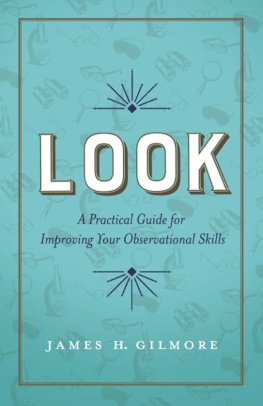
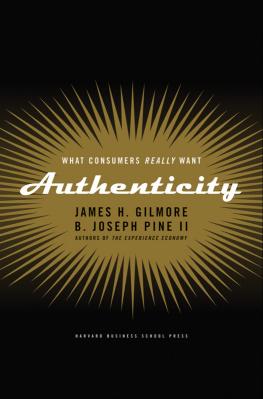



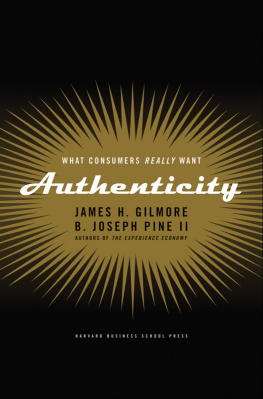
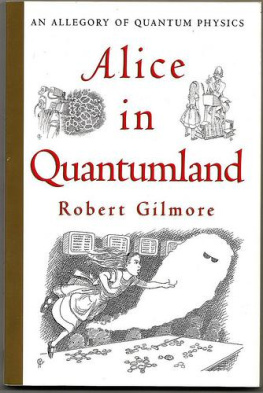
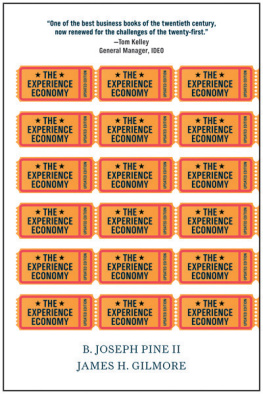

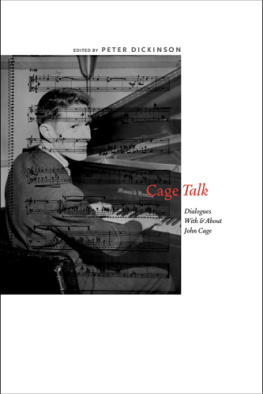

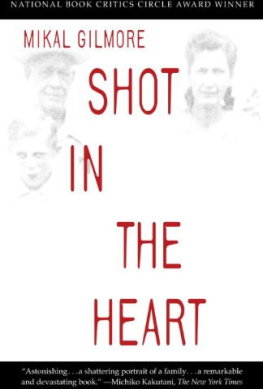
 Praise for Look
Praise for Look





